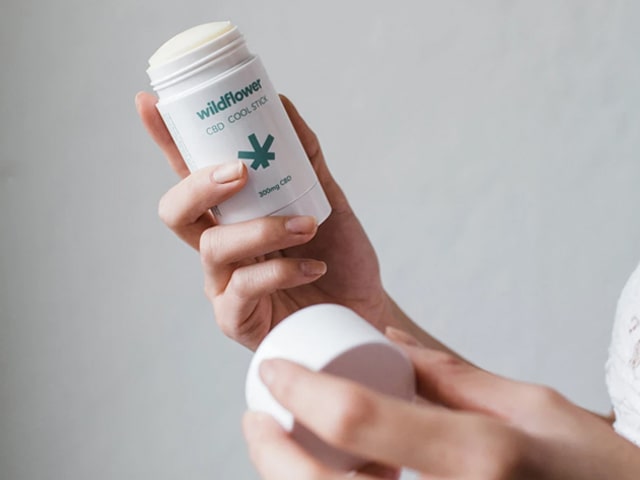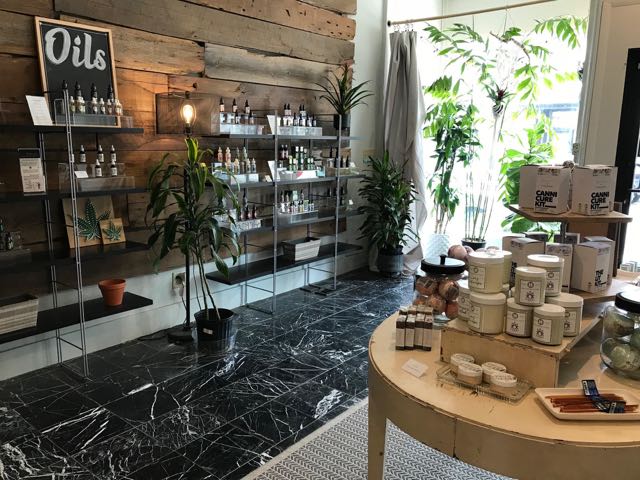The fashion for CBD consumption has also arrived in Spain, supported by the cult of the therapeutic properties of hemp. But CBD is not hemp, it is only a non-psychoactive component of hemp. Below, we explain the origin of the medicinal use of CBD and its possible benefits, as well as the risks derived from its excessive consumption.
Gels, oils, shampoos, chewing gums, balms, capsules, and candies, most of them with the hemp leaf on their packaging. But these products currently on sale that are advertised with hemp as their main claim only contain a percentage of cannabidiol, better known as CBD, a non-psychoactive component of hemp, i.e., that does not alter mental functions. Below, we explain the origin of the medicinal use of CBD and its possible benefits and risks.
¿Qué es el CBD?
Technically known as Hemp Sativa, hemp or hemp is an herbaceous species belonging to the Cannabaceae family cultivated since time immemorial and whose origin is located in the Himalayan mountain ranges.
Known since ancient times for its different uses and properties, from textile to medicinal and psychotropic, its fame has transcended in recent times due to its conflicting relationship between its generally prohibited recreational use and its promising medicinal uses.
Among the more than 100 cannabinoids -an organic compound that activates the cannabinoid receptors of humans and other mammals- present in this plant, THC -tetrahydrocannabinol- stands out as the main responsible for its psychotropic effect, and CBD -cannabidiol- which regulates the effects of THC, eliminating the psychotropic effects, but maintaining some of its therapeutic effects, hence the interest it is awakening in the medical community.
Is the consumption of CBD legal?
Currently, cannabidiol can be marketed as long as its THC composition is below 0.3%, according to the latest October 2020 vote of the European Parliament linked to the production of industrial hemp.
Considering that the World Health Organization in a 2017 report certified that CBD is neither harmful nor addictive, not arousing dependence in the consumer, the approach to the commercialization of this substance changed considerably starting to appear in products that include cannabidiol among its components.

At the moment, it is perfectly legal to use CBD topically, i.e. its application on the skin, which is why creams, lotions, shampoos, and gels have been the first products to take advantage of the alleged benefits of this component, as well as, of course, its commercial impact when associated with hemp for recreational use, although its effects are not comparable.
However, oral consumption of CBD is not yet legal at this time, pending the passage of a law that includes this component. As stated by the Sofia team of lawyers specializing in the hemp sector, CBD is not controlled under the 1961 Single Convention on Narcotic Drugs – the main international treaty that forms the international legal framework for drug control – drawn up before cannabidiol was synthesized for the first time in 1964.
Pending the passage of this CBD-inclusive law clarifying its future applications, oral consumption of this substance would not be legal, although many of these products that are presented for topical use end up being consumed orally by users.
Please take a moment to visit their page to find out more about the best cbd balm.

